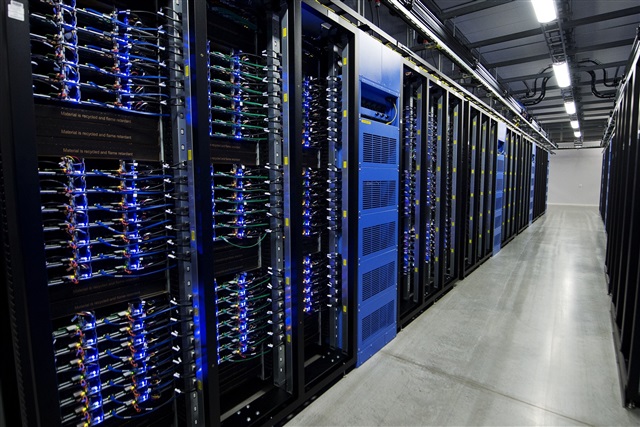China’s AI Boom Leaves Data Centers Empty—What’s Next for Africa?
In June 2024, China had built or initiated construction on over 250 internet data centers, backed by local governments, state-owned enterprises, and private investors. Despite this explosive growth, the utilization rate of computing resources provided by private servers was reported to be less than 5%








